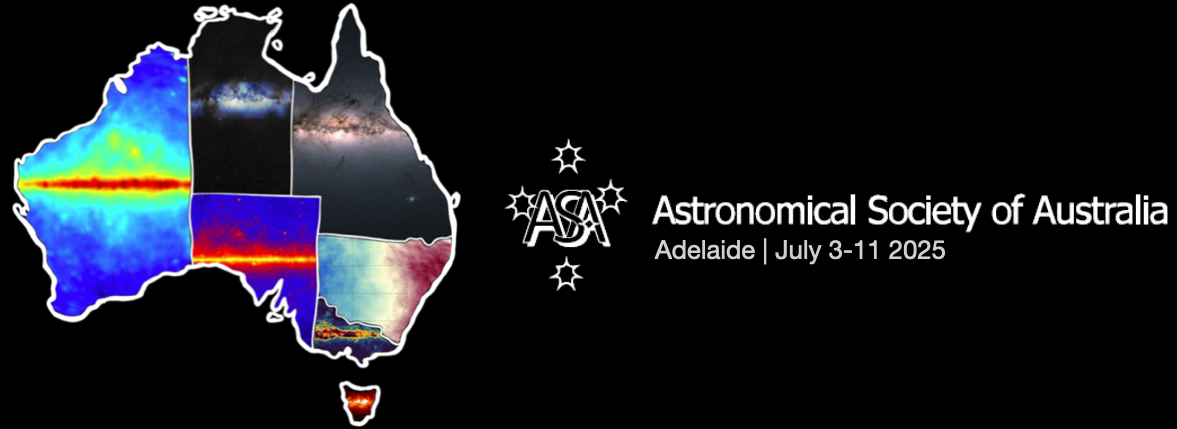Speaker
Description
Observations of the surface of our Sun is one of the key ways to understand solar physics. The tracking of large-scale magnetic surface features, such as sunspots and plages, has provided insights into the solar dynamo, differential rotation, and other phenomena. Yet for most other stars, our knowledge of surface features—and consequently the stars themselves—remains severely limited, especially at the individual rather than population level. Traditionally, stellar surface mapping has relied on interferometry or light curve inversion techniques. However, recent work has demonstrated fundamental limitations in light curve inversion methods, revealing that virtually any light curve can be modelled with just two-star spots, and that these techniques recover at most 50% of the surface information—often significantly less. This work demonstrates that high-precision astrometry offers a superior alternative for stellar surface mapping of nearby stars. Our approach not only yields more comprehensive information about stellar surfaces but also achieves finer “resolution” compared to traditional methods. This new mapping technique can improve our understanding of stellar activity and evolution, paving the way for more accurate models of stellar behaviour and structure.

